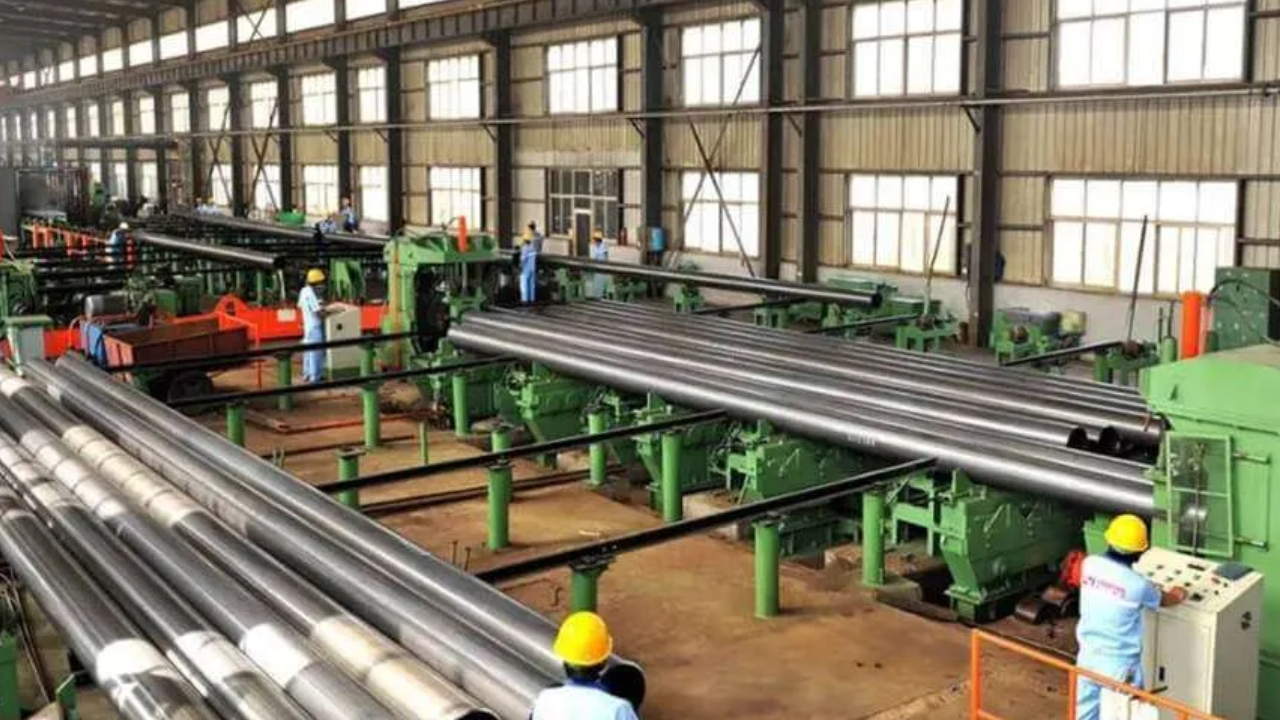The consistency guarantees uniformity in sizing, compatibility with fittings and connectors, and ease of integration into present systems. Schedule 40 pipes provide improved strength and sturdiness. Schedule 40 pipes strike a balance between overall performance and affordability, offering a price-powerful solution for a wide range of packages.
The schedule 40 pipe weight considerably affects the weight-bearing potential and sturdiness throughout diverse applications in the creation, engineering, and business sectors. Information on these influences is critical for choosing the best pipe kind to ensure structural integrity and protection.
Load Bearing Capacity
Here’s an exploration of some ways weight impacts weight-bearing potential in schedule 40 pipes:
Impact of Material and Wall Thickness
Schedule 40 pipes are commonly made from substances like carbon steel, chrome steel, or p.C. The weight of the pipe is directly related to its fabric density and wall thickness. Thicker walls provide more structural energy and resistance to internal and external pressures, letting them undergo heavier weights without deformation or failure.
Pressure Ratings
Schedule 40 pipes are designed to resist positive pressure scores, which might be decided through elements that include material energy and wall thickness. The weight per foot of the Schedule 40 pipe affects the calculations for MAWP, ensuring that the pipe can effectively handle the intended fluid or fuel pressure without compromising protection.
Load Distribution
Heavier schedule 40 pipes distribute weights greater lightly due to their expanded weight and structural pressure. This feature is useful in applications along with bridges, where uniform weight distribution minimizes stress concentrations and complements universal stability. The weight of schedule 40 pipes impacts the design and installation of support systems.
Durability
Here an details of some strategies on how weight impacts durability in schedule 40 pipes:
Resistance to Mechanical Strain
The weight of Schedule 40 pipe influences its resistance to mechanical pressure, inclusive of bending, torsion, and impact. Schedule 40 pipes with enough weight and wall thickness provide more desirable toughness, as they could withstand mechanical stressors and environmental elements together with temperature versions and vibration without compromising performance.
Corrosion Resistance
Unique substances used in schedule 40 pipes provide varying stages of corrosion resistance. For instance, stainless steel and alloy steels are noticeably proof against corrosion, at the same time as carbon steel pipes can also require protecting coatings or linings to mitigate corrosion results.
Environmental Factors
The weight of schedule 40 pipes influences installation approaches and logistics. Heavier pipes may also require specialized devices and coping techniques to ensure secure transportation and setup, mainly in big-scale initiatives. Lightweight schedule 40 pipes, which include the ones crafted from percent or light-weight alloys, provide blessings in phrases of ease of managing and reduced installation costs.
Applications
Here we will discuss some applications for the schedule 40 steel pipes;
Industrial Pipelines
In industrial settings, schedule 40 pipes are used for transporting numerous fluids below excessive pressure conditions. Schedule 40 pipes crafted from corrosion-resistant substances are crucial in chemical processing plants in which resistance to corrosive chemical substances and solvents is important for keeping safety and operational efficiency.
Construction and Infrastructure
Schedule 40 pipes serve as weight-bearing factors in building frameworks and guide structures consisting of columns and beams. The weight of the pipe determines its capacity to assist vertical and lateral hundreds, contributing to the overall balance and protection of the structure. In underground applications, schedule 40 pipes are used for water supply, drainage, and sewer systems.
Mechanical and HVAC systems
Schedule 40 pipes are applied in HVAC structures for air ducts and airflow. The weight of the pipe impacts airflow dynamics and device performance. Heavy-obligation schedule 40 pipes are employed in mechanical systems and equipment for conveying fluids and gasses beneath varying operational conditions.
Ending Remarks
The weight of schedule 40 pipe plays a pivotal role in determining its weight-bearing ability and sturdiness throughout various programs in construction, engineering, and business sectors. With the help of understanding how weight influences structural integrity, mechanical power, and corrosion resistance, stakeholders could make knowledgeable choices that optimize the reliability, durability, and efficiency of piping structures in infrastructure initiatives worldwide.

